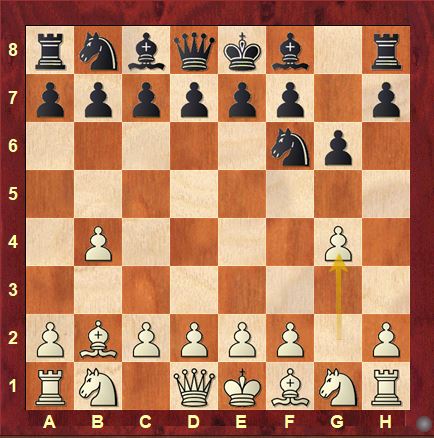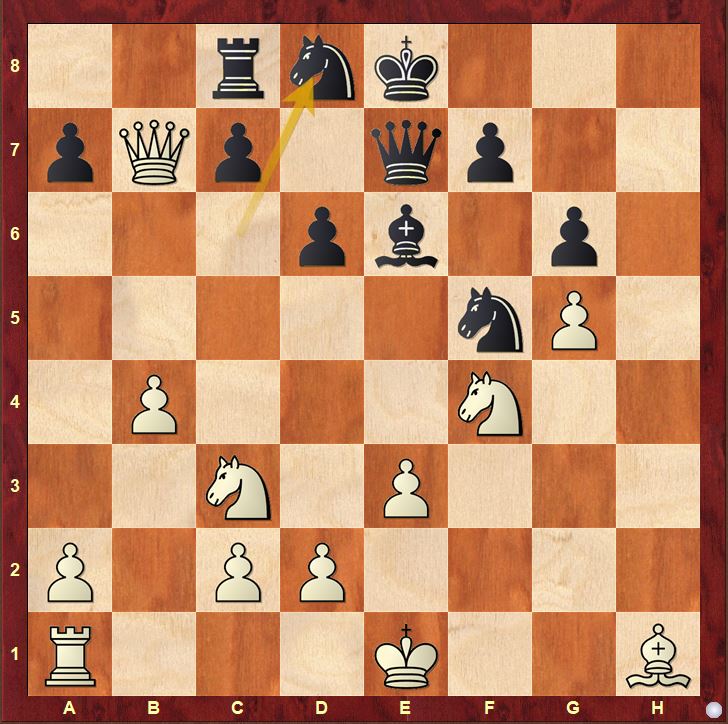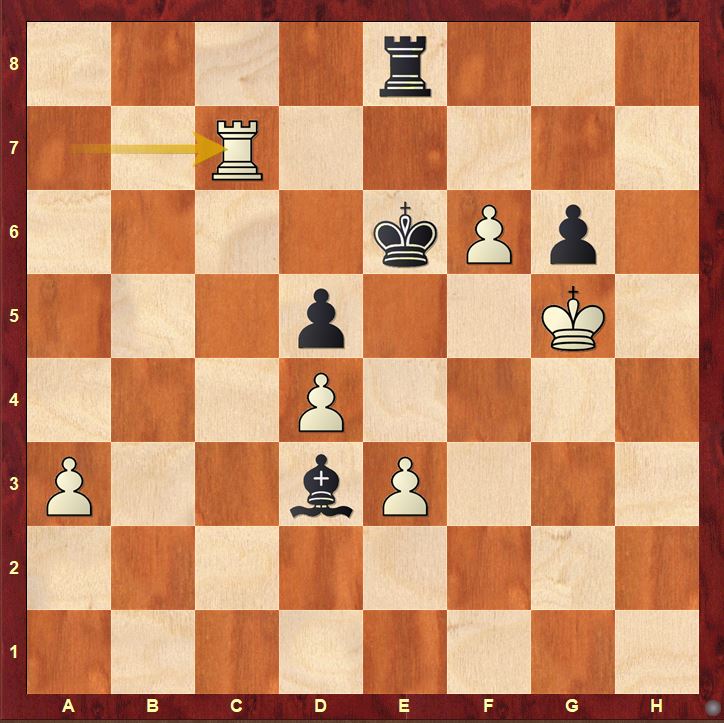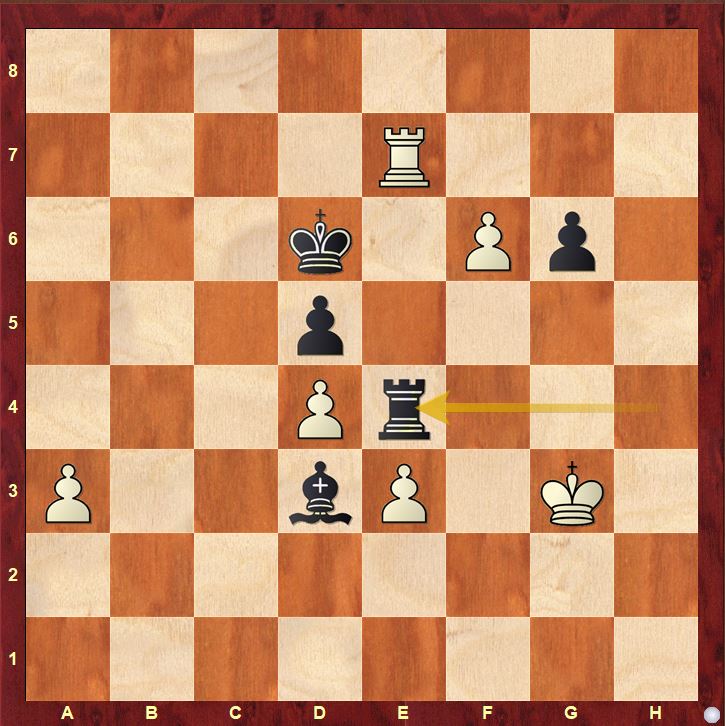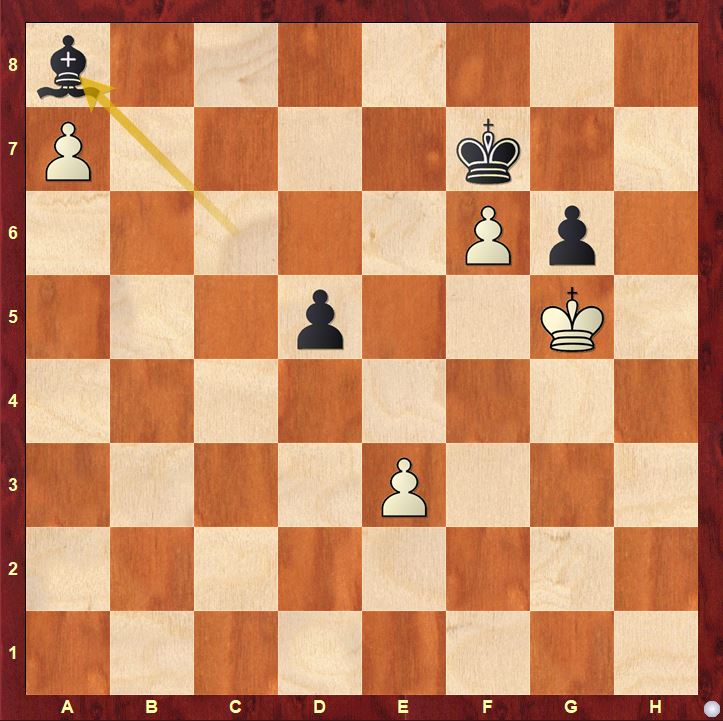Polish Spike Opening
- Amith A
- Sep 11, 2022
- 2 min read
Updated: Jul 8
1.b4 Nf6
2.Bb2 g6
3.g4
Black counters the b4 played by white with fianchettoing the bishop on the kingside. The position creates an interesting setup with white challenging the black’ pinned knight with the move g4. This may not be that vital threat but it surely generates exchanges of the dangerous b2 bishop.
The sample game demonstrating the polish spike is as below:
1.b4 Nf6 2.Bb2 g6 3.g4 h6 4.Bg2 Bg7 5.h4 d6 6.g5 hxg5 7.hxg5 Rxh1 8.Bxh1 Nh5 9.Bxg7 Nxg7 10.f4 e5 11.e3 Qe7 12.Qe2 Nc6 13.Nc3 Be6 14.Qb5 Rc8 15.Nge2 exf4 16.Nxf4 Nf5 17.Qxb7 Nd8
Black looses his kingside pawns.
18.Qg2 c6 19.Ne4 Qb7 20.Nf6+ Ke7 21.a3 Qb5 22.Qh2 Qe5 23.Kf2 Nb7 24.Rb1 Ba2 25.Re1 Ng7 26.Rg1 Ne8 27.d4 Qb5 28.Qh7 Nxf6 29.Nxg6+
A misplayed counter equalizing the position.
Kd8 30.gxf6 Qf5+ 31.Bf3 Qxc2+ 32.Kg3 Qxg6+ 33.Qxg6 fxg6 34.b5 Na5 35.bxc6 Nxc6 36.Rh1 Kc7 37.Rc1 d5 38.Kf4 Kd6 39.Kg5 Re8 40.Bg4 Bc4 41.Rh1 Nd8 42.Rh7 Ne6+
Completely equalizing the position
43.Bxe6 Kxe6 44.Rxa7 Bd3 45.Rc7
Giving an opportunity for black to convert to win
Rh8 46.Re7+ Kd6 47.Kf4 Rh4+ 48.Kg3 Re4
49.Re5 Rxe5 50.dxe5+ Ke6 51.Kf4 Bb5 52.Kg5 Be8 53.Kf4 Ba4 54.Kg5 Be8 55.Kf4 Kf7 56.Kg5 Bd7 57.Kf4 Ba4 58.Kg5 Bc2 59.Kh6 Ba4 60.Kg5 Be8 61.Kf4
The last mistake by white which gives a chance to win
Ke6 62.Kg5 Kxe5 63.a4 Ke6 64.a5 Kf7 65.a6 Bc6 66.a7 Ba8
Polish spike opening can be played against players who try fianchettoing their bishop on the king side and exchange such a bishop with which the activity of a black player might be reduced. Moreover black might be forced to not castle on the kingside in such an opening as the attack may loom fast on the black king if castled on the kingside. White’s king might just stay at the center and attack black along the flanks. This opening might prove handy if played in a no castling chess variant.




